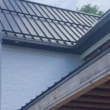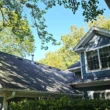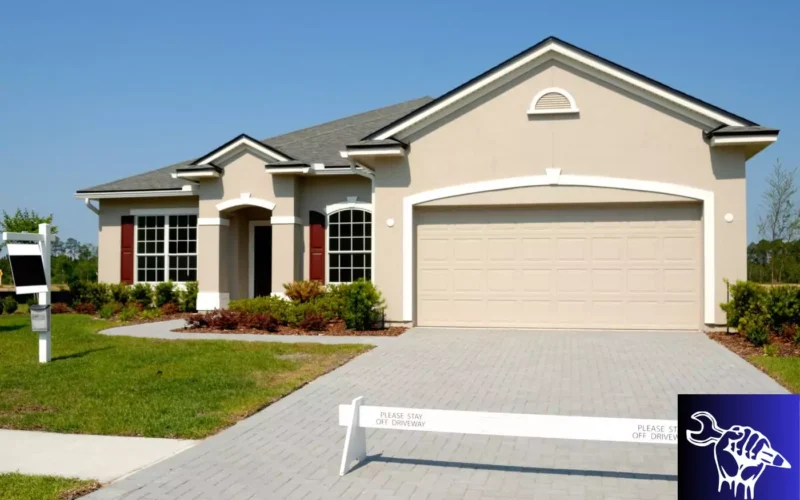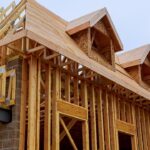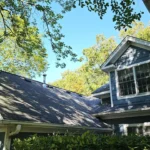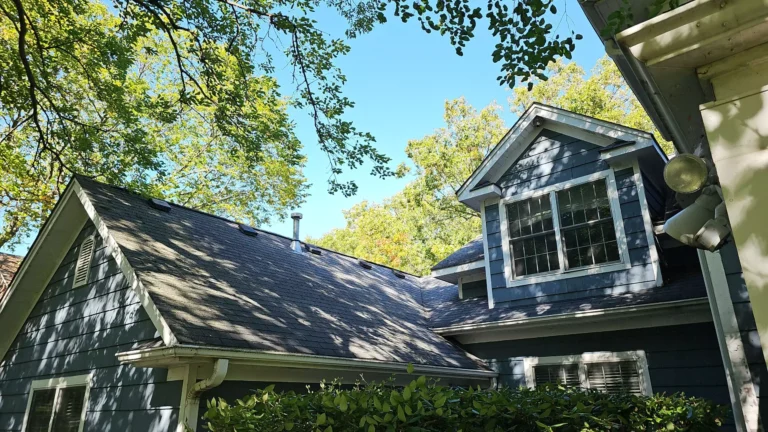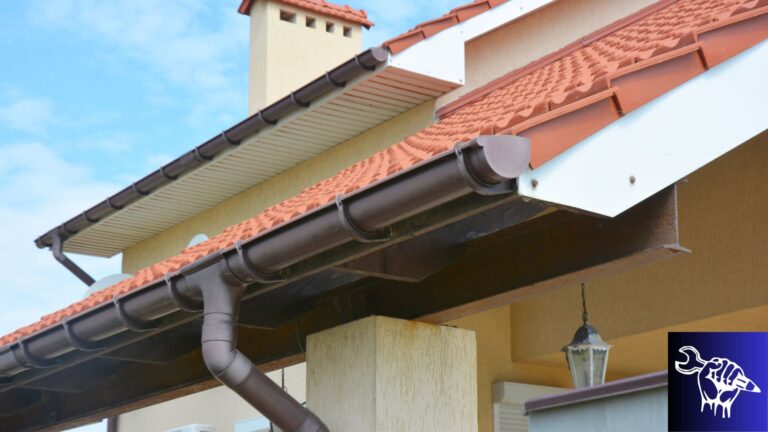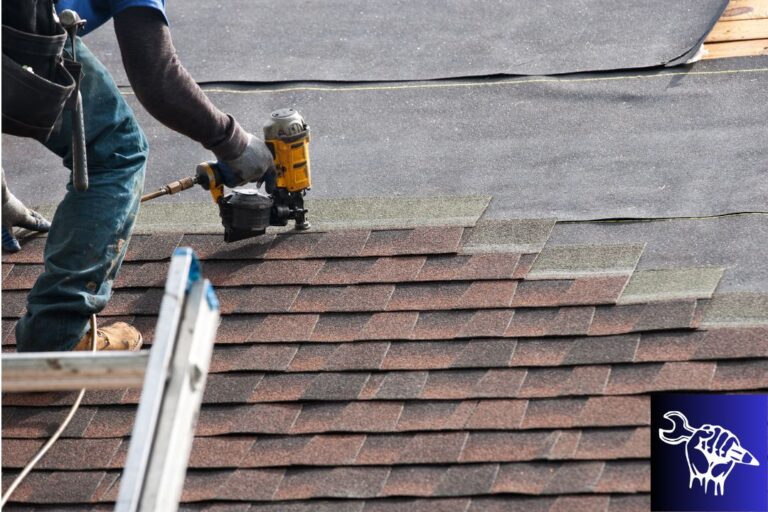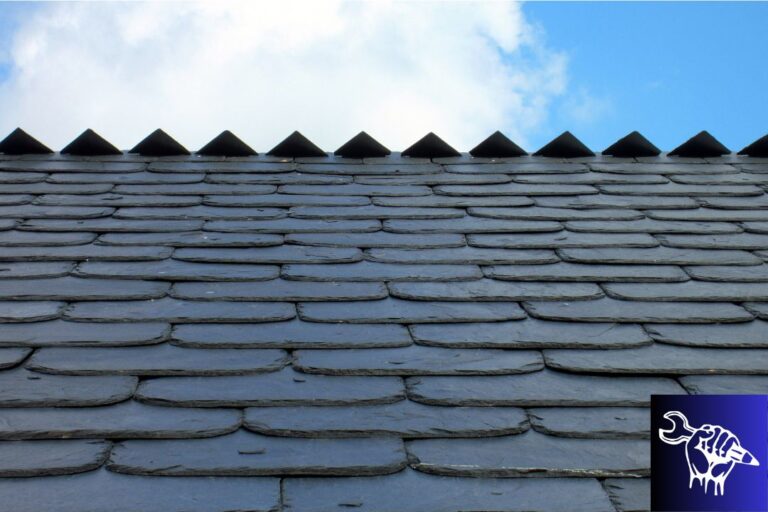Asphalt shingles have dominated the US roofing industry for many years now – they are installed on about 75% of homes in the United States. While we were unable to get specific statistics on the popularity of this rooftop material in Florida, it seems to us that in that state, shingles may be even more popular. This article should give you all the information you need to determine if asphalt shingles are a good choice.
Table of Contents
How does Florida’s climate affect your roof?
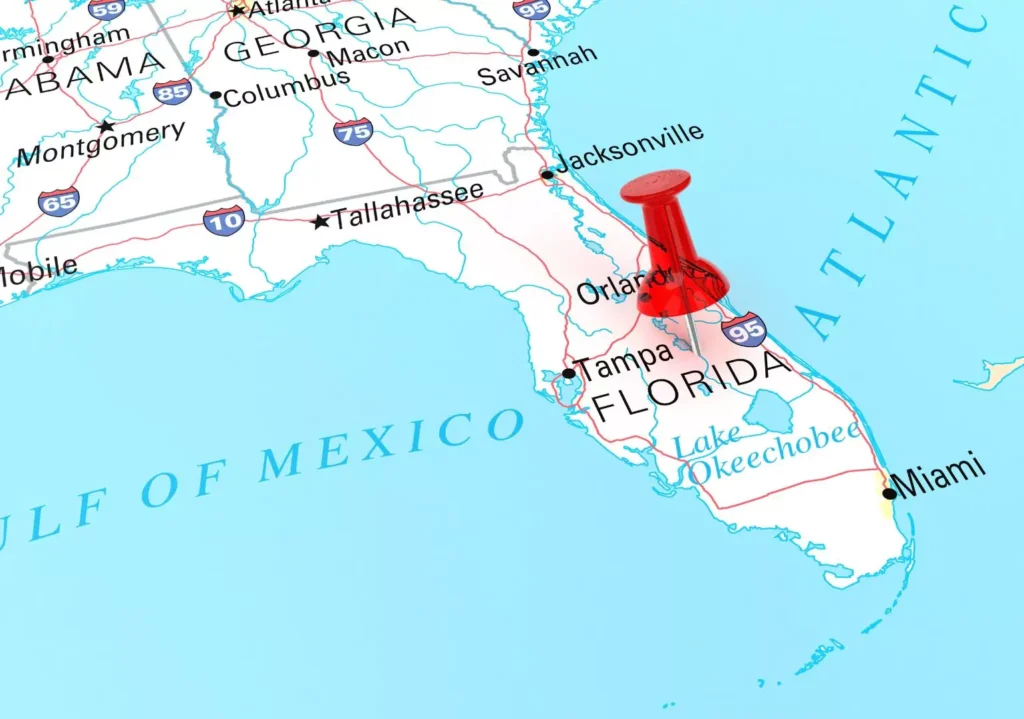
The climate in most of Florida is subtropical, while in the south of the state it is tropical. Mild winters with very short frost episodes, long, sunny summers and a high risk of hurricanes create a highly unfavorable atmosphere for construction – virtually all weather conditions that lead to the degradation of building materials are present.
Sunlight
Florida is a very sunny state – in Orlando and Jacksonville, there are about 2,400-2,800 hours of sunshine per year, in Miami even 3,200 hours per year. This compares with about 2,000 hours per year in Seattle and about 2,500 in New York. This means that roofs in southern Florida receive up to 60% more UV radiation compared to those in the northern United States.
Prolonged exposure to strong UV radiation results in very rapid degradation of asphalt shingles. The high intensity of sunlight causes shingles to lose their color, delaminate, crumble and lose their outer coating of granules.
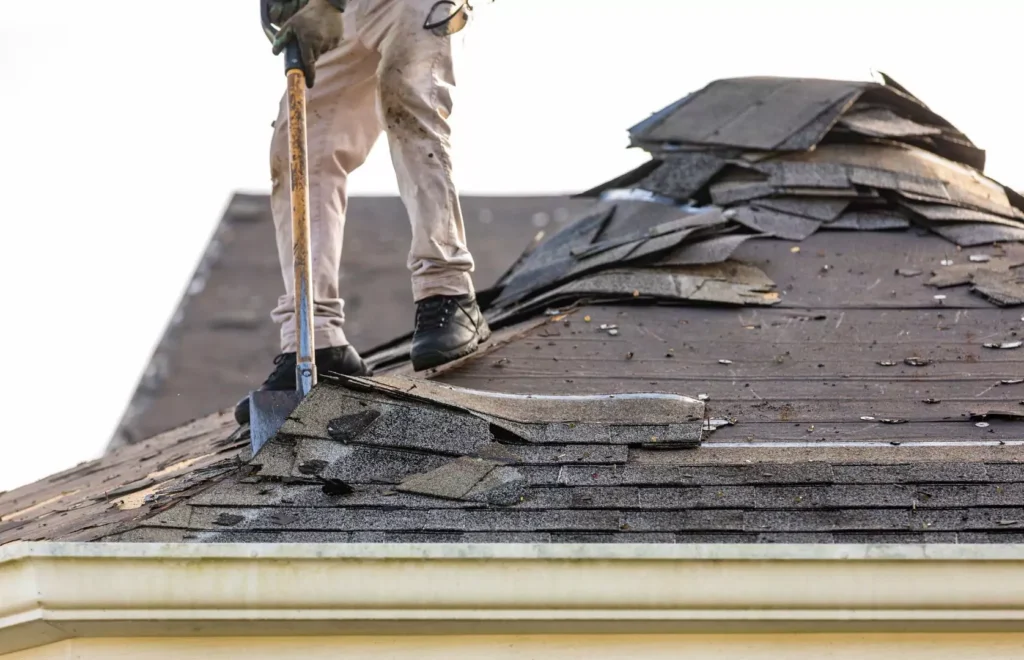
High Temperatures
Florida’s ample sunshine and proximity to the Atlantic Ocean keep temperatures here high year-round – even at the northern end of the state (Pensacola), January temperatures range from 40°F to 68°F. For the vast majority of the year, average daytime temperatures in Miami exceed 75°F.
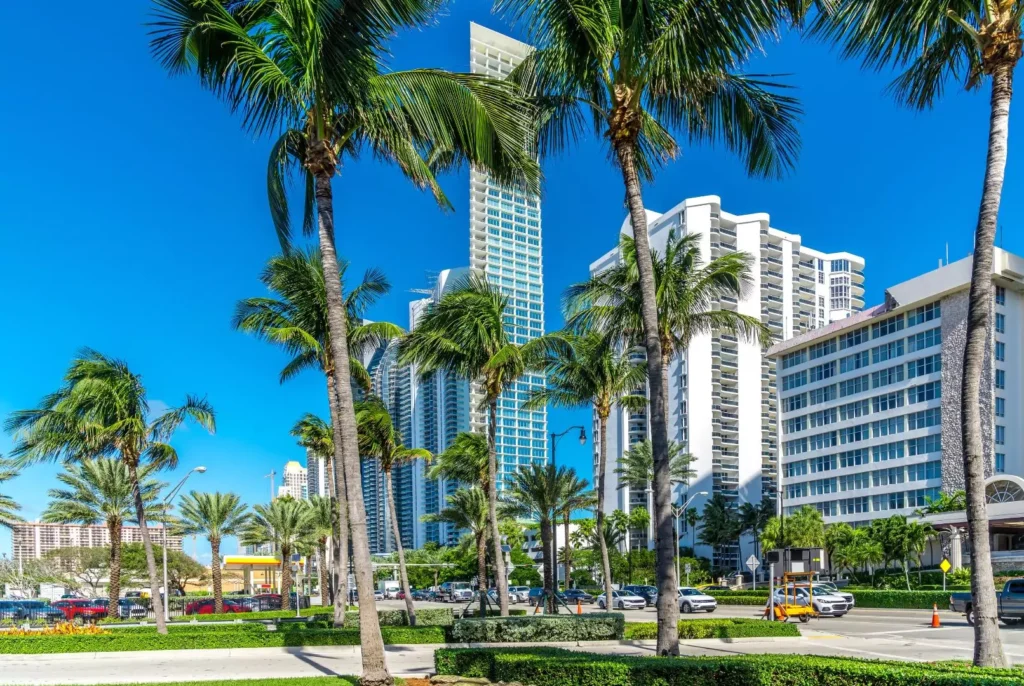
High temperatures year-round are not favorable for asphalt shingles. All chemical reactions occur faster the warmer it is – this includes oxidation, the breakdown of chemical bonds or the disintegration of layered materials. The hot air makes asphalt shingles in Florida age faster than in cooler places such as Canada, for example.
High sun activity and high temperatures also result in rapid vegetation. This, in turn, causes mold, algae, insects and other life forms to regularly appear in the attics of Florida homes. While the growth of plants such as algae does not have a significant impact on the durability of asphalt shingles, it definitely detracts from the aesthetics of the home. Mold and pests, on the other hand, can be dangerous to the occupants of the house.
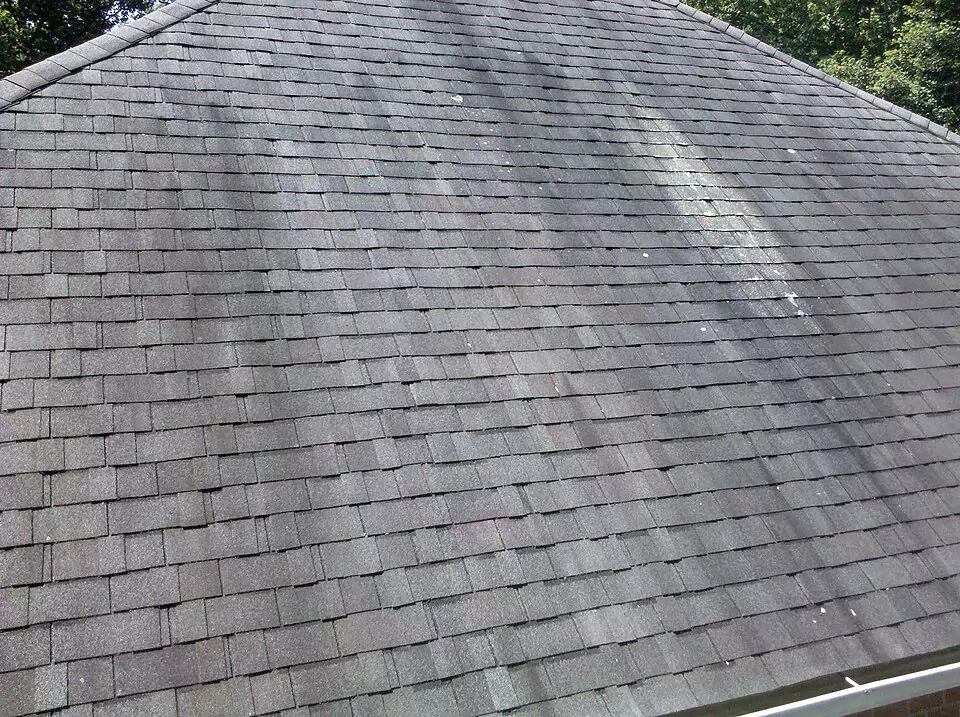
It also happens that asphalt shingles become plastic from high temperatures, which completely destroys their structure. This problem is especially true for older roofs that were not designed to withstand temperatures as high as they are today.
Humidity
Florida is the most humid state in the U.S. Its proximity to the Gulf from Mexico and the Atlantic Ocean make the average humidity here more than 60%. Key West, due to its proximity to the Ocean and high temperatures is even more humid – the average is about 75% in July and about 60% in winter!
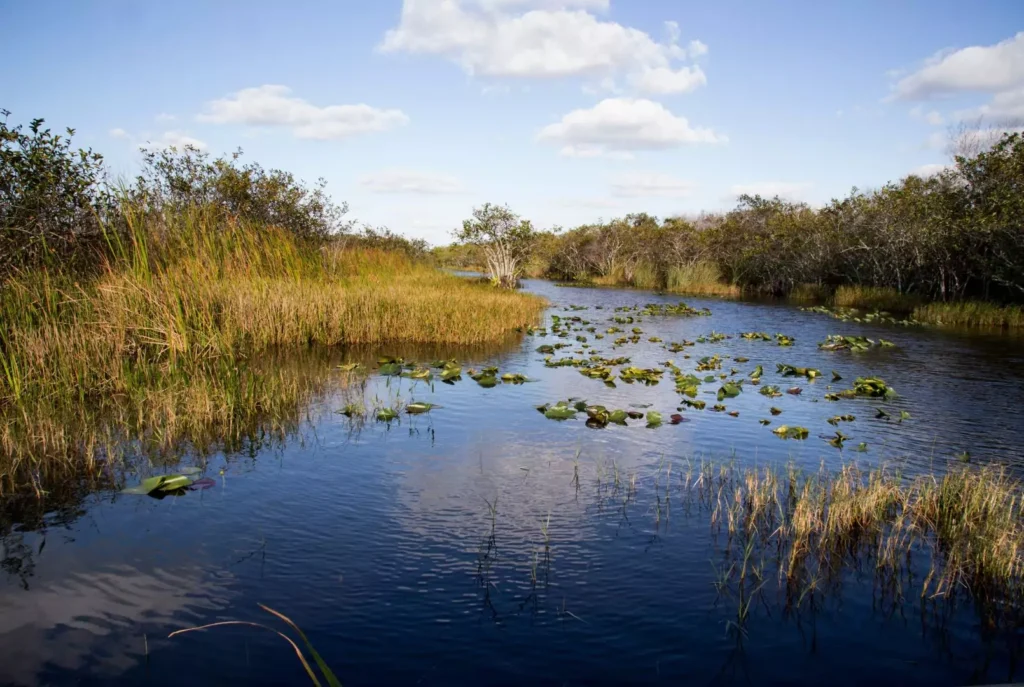
The high concentration of water vapor in the air translates, first of all, into great discomfort for people who are not used to it. Humidity also translates into ventilation problems in attics – temperatures in the upper parts of buildings rise, which of course shortens lifespan asphalt shingles. Besides, the presence of water vapor leads to faster rotting of plywood sheathing, so that you will have to replace your roof after a shorter period of time than homeowners of less humid regions.
Hurricanes
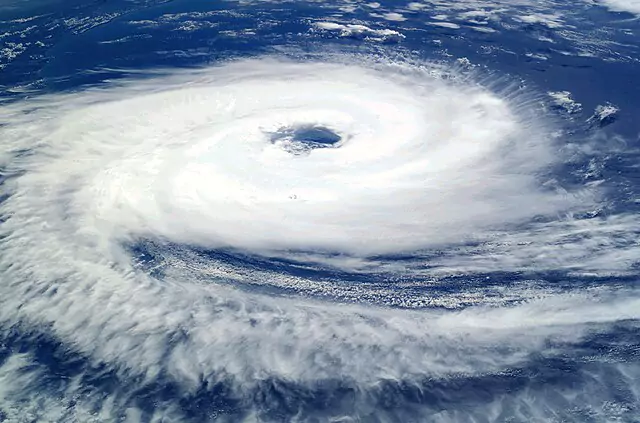
Hurricanes in Florida are a real threat – in the last 20 years, they have come 11 times. Tropical cyclones are characterized by strong winds of up to 140 knots and large amounts of rainfall – up to 16 inches of water.
Most asphalt shingles manufactured by well-known brands are guaranteed to withstand winds up to 130 mph, while individual models are certified to 150 mph. Although in theory, shingles can therefore withstand hurricane force winds, the weakest parts of these roofs are their faulty installation. Of course, it’s hard to find a more aerodynamic and hurricane-resistant material, but even a minor error can check that just about 100 mph is enough to devastate a roof.
Asphalt shingles are indeed more resistant to high winds than terracotta or concrete tiles. However, this does not change the fact that there is no roof that is completely hurricane-proof.
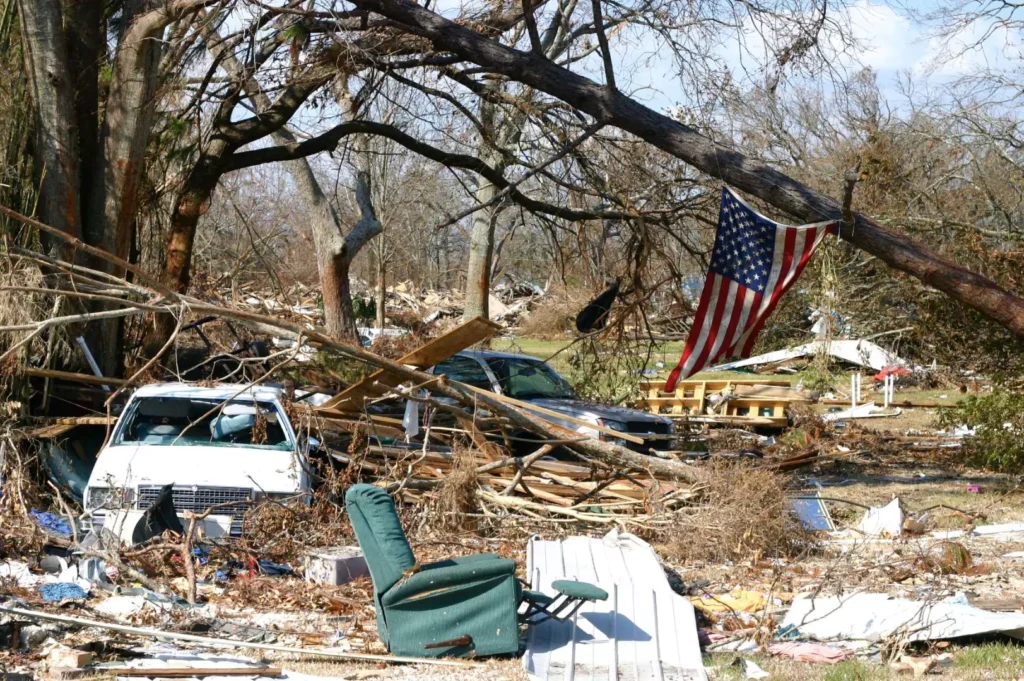
Are asphalt shingles any good in Florida?
In our opinion, no. Even the best asphalt shingles from reputable brands like GAF, Atlas and Owens Corning will wear out much faster in Florida than in colder parts of the world. Asphalt shingles are, of course, inexpensive and offer great customization options, but if you’re concerned about durability, other options are worth considering.
When choosing asphalt shingles as rooftop material for your Florida home, you’ll need to expect to replace them after about 20 years. This is a good result considering their low price, but if you want peace of mind for years to come, other materials are worth considering.
However, if you absolutely want to install asphalt shingles, it is definitely worth choosing high-quality products from reputable manufacturers. In our opinion, proven solutions include:
- Owens Corning Oakridge series – a very low purchase price (about $1.3 per sqft), lifetime warranties and decent wind resistance (110/130 mph) are features that make Owens Corning Oakridge the cheapest asphalt shingles you should choose if you live in Florida;
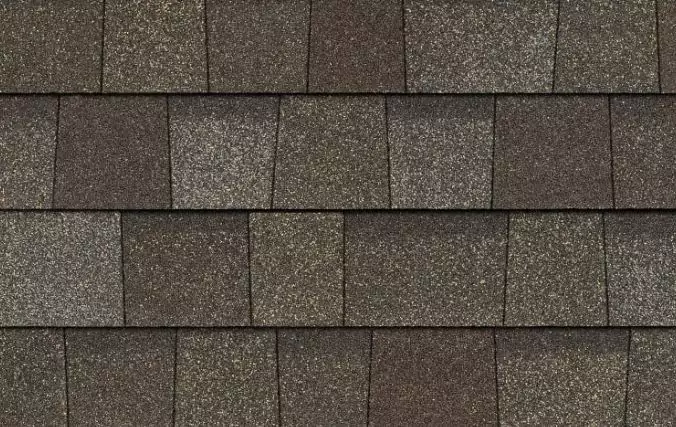
- Atlas StormMaster Shake – wind certification up to 150 mph, the use of special coatings to slow algae growth and an acceptable price (about $1.7 per sqft) and maximum fire resistance rating make Atlas StormMaster a reasonable choice;
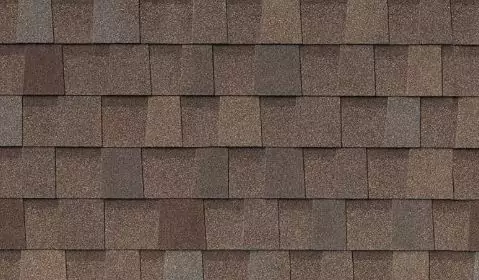
- GAF Timberline UHDZ – this is the most advanced model of asphalt shingles in GAF’s range. Special staining technology, increased layer thickness and extended algae-resistance are their biggest advantages. Unfortunately, limited color availability and a price tag of $2.0 per sqft make this product imperfect, though still very good.
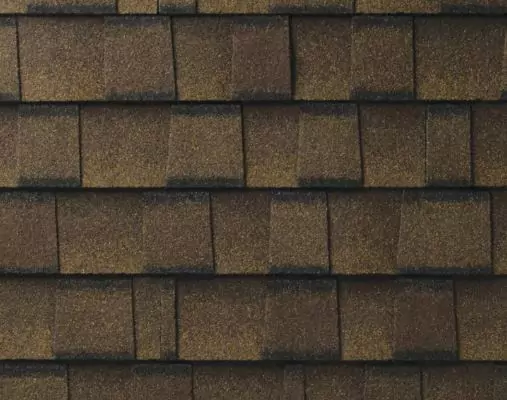
What is the best rooftop material for home in Florida?
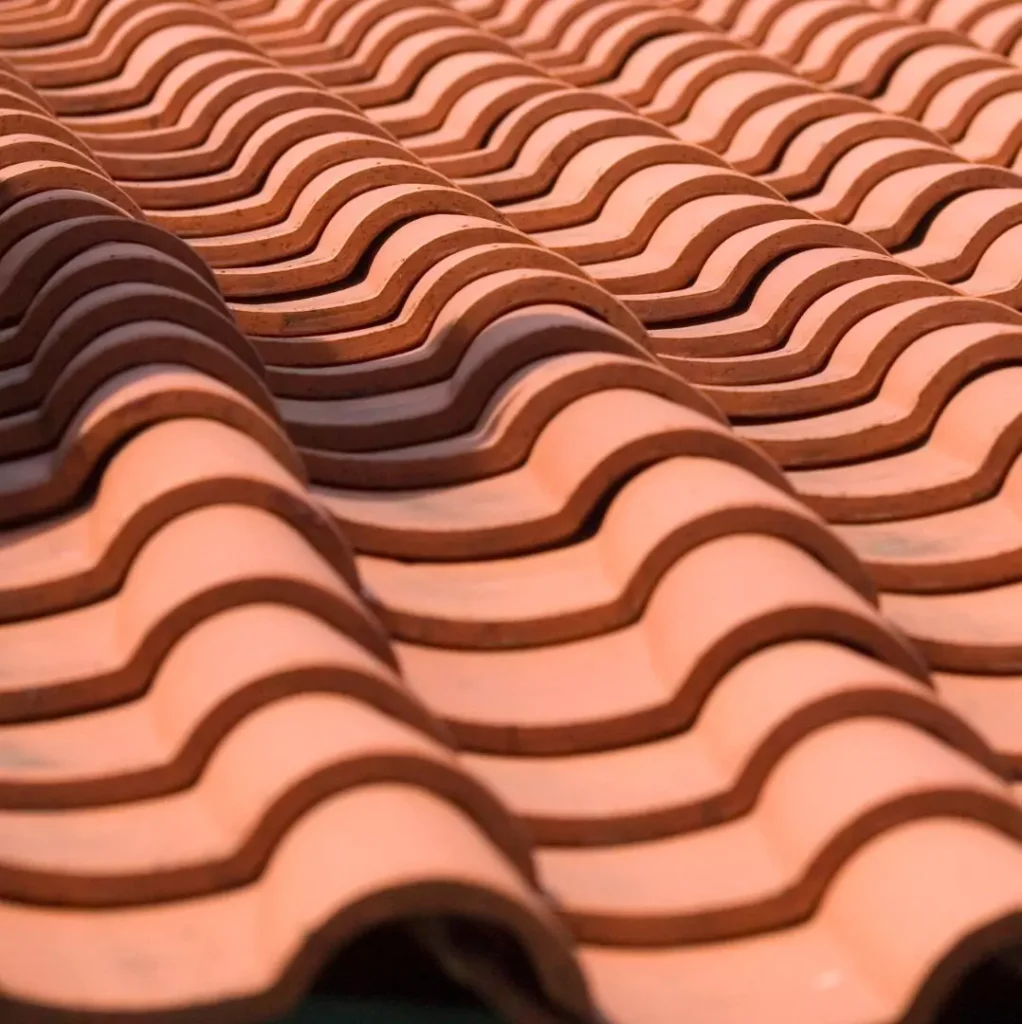
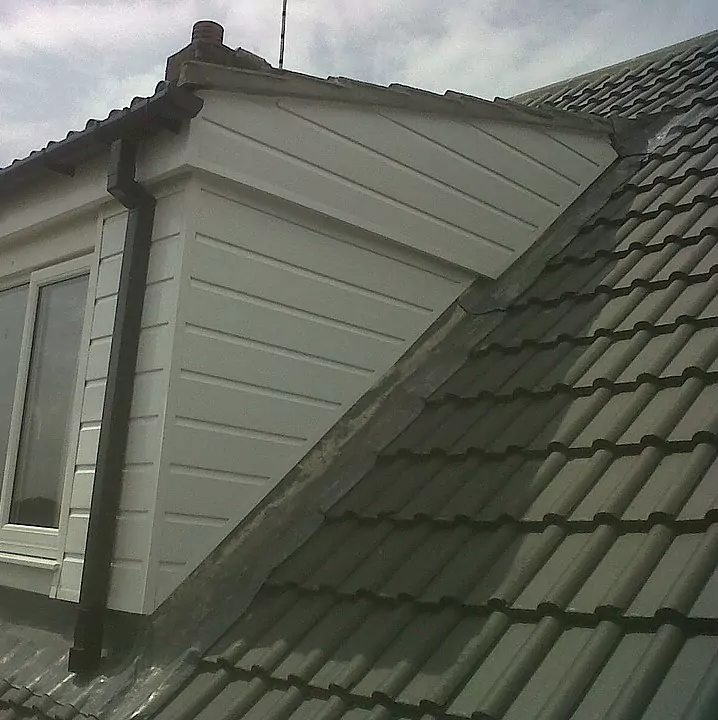
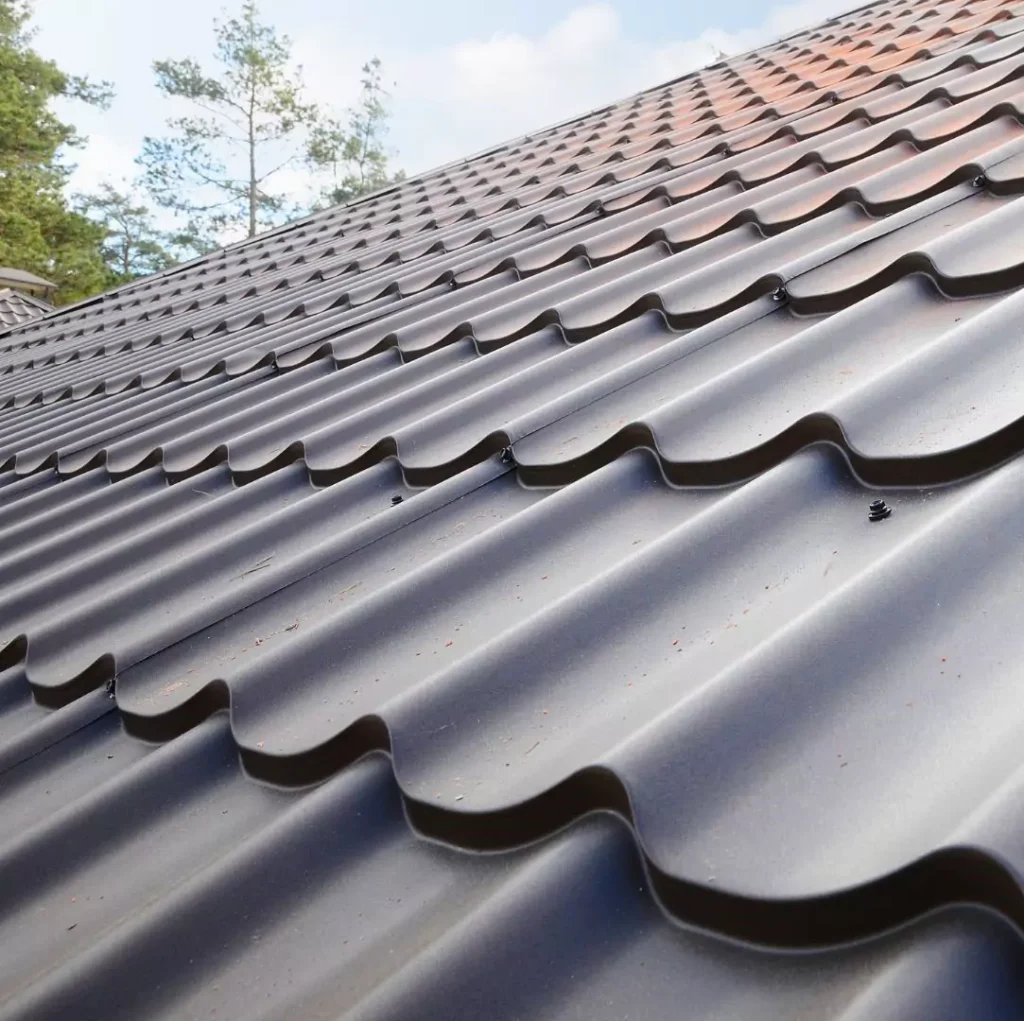
Despite appearances, there are several alternatives to asphalt shingles:
- Terracotta tiles – are a relatively expensive, but very elegant and durable solution. With longevity, they match slate tiles, and at the same time they fit perfectly into houses in the spanish colonial style;
- Concrete tiles – concrete tiles convince with their relatively low price, very high durability and high customization possibilities;
- Metal roofing – sheet metal roofing is not widespread in Florida’s urban areas – this type of roof is primarily the domain of villages in the US Midwest. However, current steel and aluminum preservation technologies mean that you can get a stainless steel, durable, safe and elegant roof for your home at a relatively low cost.
Recommended for you:
